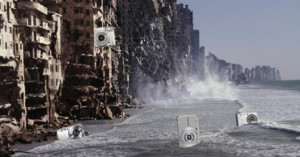
“We May Be Seeing the Beginning of the Collapse of the Compact Camera Market”
Hiroshi Hiyama over at Phys.Org reports that smartphones are crushing the point-and-shoot industry, …

Hiroshi Hiyama over at Phys.Org reports that smartphones are crushing the point-and-shoot industry, …
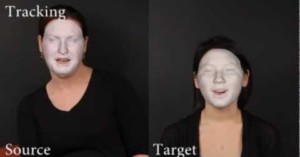
If you have two similar photos of two different people, Photoshopping one face onto the other isn't very difficult. Change that to two video clips of two people talking, and you have a much more challenging task on your hands. That's the problem Harvard University computational photography graduate student Kevin Dale decided to tackle. His research project, titled "Video Face Replacement," introduces a way of doing this "digital face transplant" in a relatively automated way. The demonstration video above shows how effective his technique is at doing the 'shop seamlessly.

Instagram is playing a bigger and bigger part in helping the public see and understand important events. At the …
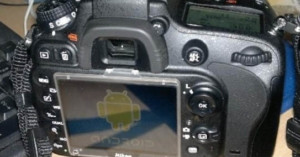
Mobile operating systems have begun making their way into digital cameras, but so far their foray has been limited to compact and mirrorless cameras. However, DSLRs are starting to have built-in Wi-Fi, but it seems to be only a matter of time before a full-fledged mobile OS appears in one.
Apparently some photographers (and Photoshoppers) over in China can't wait for that day to arrive. There's a series of viral images floating around showing Canon and Nikon DSLRs running various operating systems and programs.

Have you heard of the term sousveillance? It's the inverse of surveillance: instead of a camera pointed at individuals, individuals wear their own cameras on themselves to document their activities. Wearable-camera pioneer Steve Mann has written a fascinating piece for Time, titled "Eye Am a Camera: Surveillance and Sousveillance in the Glassage", in which he offers his vision of what the future will look like once wearable cameras such as Google Glass (seen above) become ubiquitous.
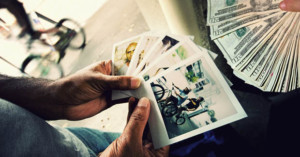
In an interview we published this past weekend, popular photo blogger …

People often laugh and poke fun at the cliche of impossible image enhancements seen in TV shows and movies, but you won't be laughing when you see what SmartDeblur can do -- you'll be gawking in amazement. Created by programmer and image processing expert Vladimir Yuzhikov, the program can magically reveal details in photographs that are blurry due to poor focusing and/or shaky hands.
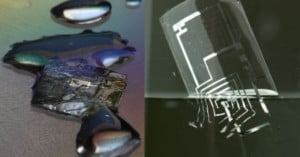
What if there were a disposable digital camera that you could eat after using? Sounds bizarre, but it already exists. Scientists in the US are working on uber-thin electronics that can be dissolved inside the human body once their job is done. Among the many possible uses being explored is photography.

Lost Memories is a beautiful 3-minute-long short film by Francois Ferracci that imagines a future in which cameras can share images with the world as soon as they're shot -- oh wait, that's now -- and can beam holographic photographs into the air for easy uploading or editing. In such a futuristic world, would analog photography still have any role to play?
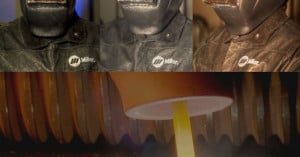
When doing certain types of welding, special helmets with dark lens shades should be used to protect the eyes from the extremely bright welding arc and sparks. The masks help filter out light, protecting your eyes, but at the same time make it hard to see the details in what you're doing. In other words, the dynamic range is too high, and wearers are unable to see both the arc and the objects they're welding.
A group of researchers in the EyeTap Personal Imaging Lab at the University of Toronto have a solution, and it involves cameras. They've created a "quantigraphic camera" that can give people enhanced vision. Instead of being tuned to one particular brightness, it attempts to make everything in front of the wearer visible by using ultra high dynamic range imaging.

Everyone is a photographer these days, and it is estimated that 380 billion photographs were taken last year, with …
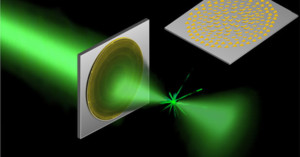
Think pancake lenses are flat? In the future, camera manufacturers might be able to replace those bulky glass elements inside lenses with lens elements that are thinner than a piece of paper. The lenses would not only be third-dimension-free, they would also be distortion-free.

Humans like preserving their memories. That's one of the big reasons we take pictures. What if you didn't need to actively do anything to preserve those memories? What if you could simply wear cameras that constantly capture photos and videos that are safely stored for your later viewing pleasure? With the rate at which technology -- particularly storage technology -- is increasing, we may soon find "lifestreaming" to be the next big thing.
Microsoft apparently thinks so, and wants a big piece of that pie. The company has filed a patent for "life streaming", and hopes to one day be the data store for all your passively-recorded memories.
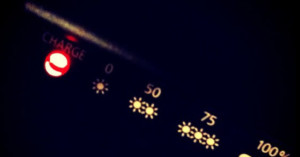
What if the battery in your camera could be charged in the same amount of time it takes to microwave a cup of instant noodles? It sounds crazy, but that's what appears to be headed our way.
Researchers at the Ulsan National Institute of Science and Technology in South Korea have figured out a way to drastically cut down the time it takes to recharge a lithium-ion battery -- the same kind found in most digital cameras.
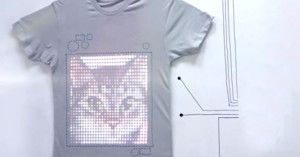
By now, you've probably heard about Project Glass, Google's ambitious effort to develop a pair of Internet-connected, augmented reality camera glasses. Well, something similar was being explored for a different clothing item: the t-shirt...
tshirtOS is a concept created in collaboration by whisky-maker Ballantine and futuristic-clothes maker CuteCircuit that aims to build a camera, microphone, headphone hack, and integrated display into an Internet-connected shirt.
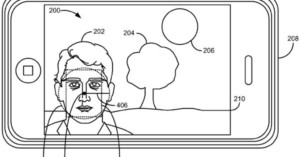
Face detection has become the snapshot photographer's invaluable assistant in ensuring tack-sharp faces, but soon it'll be able to add two more job responsibilities to its resume: exposure metering and speedier autofocus. Two patents recently awarded to Apple show that future iOS cameras (perhaps the next iPhone?) will have standard camera features that rely much more on face detection technology. The first patent, titled "Dynamic exposure metering based on face detection", allows the camera to automatically select faces as the primary target for metering. In more difficult situations -- group shots or people standing in front of a crowd, for example -- the camera will use factors such as "head proximity" to select the primary subject.

Professor and self-proclaimed cyborg Steve Mann created an eye and memory-aid device he calls the EyeTap Digital Glass. The EyeTap, worn by Mann above on the left, is a wearable device that is similar to Google Eye, pictured right, but he's been making them at home since the 1980s. The goal of his project is to use images to aid memory, or even to augment the memories of people with Alzheimer's Disease or who simply want to preserve their memories more permanently. However, a recent misunderstanding over Mann's technology allegedly caused a confrontation between Mann and several employees at a Paris McDonald's restaurant.
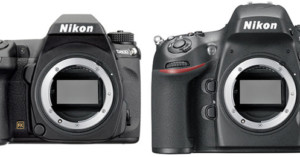
German photographer Falk Lumo has an interesting post on his blog regarding full …

In many Asian cultures it's common for families to gather together for formal portraits on special occasions, but this tradition is becoming much harder to coordinate as more and more young people are moving abroad for work. Photographer John Clang has a new series of photographs that features an interesting solution to this problem: Skype webcam projections. Clang visited various individuals around the world and had them video chat with family members in Singapore. By projecting the feed onto a wall and having the entire family pose, Clang shot traditional-style family portraits with the subjects separated by thousands of miles.

Google Glass team member Max Braun took to the stage at the Google+ Photography Conference yesterday to show off a prototype device, talk about the project's potential impact in photography, and show off some new sample photographs.
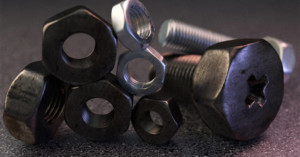
The image above is one-hundred percent fake. It has no connection whatsoever to the world of things. I created the bolts, lights, textures, and everything else in a free, open-source, relatively easy-to-use software package called Blender. It's easy enough that even a novice user like me is able to make a pretty convincing image. If you are a photographer that makes a living shooting still-life photos, this should scare you.

Google’s Project Glass has been all the rage since the company released …
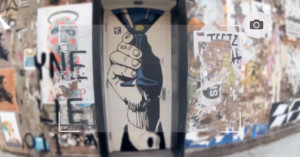
If Google's vision of the future pans out, we may soon be snapping and sharing photographs using augmented reality "glasses". The company is working on a product that's currently going by the code name "Project Glass". As the concept video above shows, the aim is to have a wearable "computer" that can project useful information about the world directly into the user's eye, allowing people to constantly interact with the Internet throughout their everyday lives. The glasses would even be able to snap photographs based on voice commands, and then instantly upload them to the web.
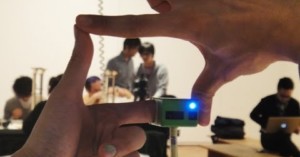
Last November we featured a concept camera called Air that is worn on your fingers and snaps …

Imagine a world in which cameras are as connected to the web as cell phones and purchased with contracts …
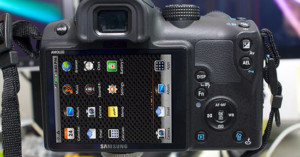
Back in January, Polaroid unveiled its SC1630 Smart Camera that’s powered with Google’s Android operating system. Now, …

Adobe is getting serious about making Photoshop a serious tool for editing video. The sample video above was made …
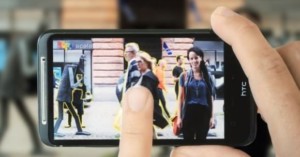
Last year imaging company Scalado showed off an app called Rewind that lets you create perfect group shots by picking out the best faces from a burst of shots and then combining them into a single image. Now the company is back with another futuristic photo app: it's called Remove, and lets you create images of scenes without the clutter of things passing through (e.g. people, cars, bikes). It works like this: simply snap a photograph, and the app will outline everything that's moving in the scene with a yellow line. Tap that person or object, and it magically disappears from the scene!
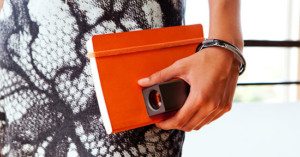
Yesterday we wrote that Steve Jobs had been interested in Lytro's novel camera technology during the final years of his life.
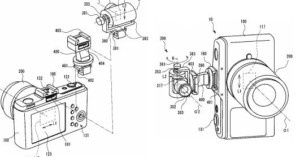
Olympus and Panasonic might be cofounders of the Micro Four Thirds movement, but the companies appear to be taking …
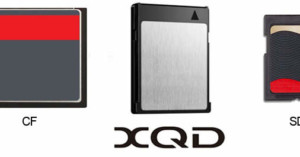
Perhaps in response to the growing capacities and falling prices of SD cards, the CompactFlash Association has announced a …
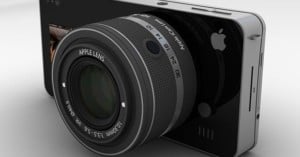
The Apple iCam is a concept camera by Italian designer Antonio DeRosa that imagines a future where cameras are modular and powered by smartphones. Smartphones have already invaded the compact camera market in recent years, but their small lenses and sensors keep them from being seen as suitable alternatives to more advanced cameras. The iCam camera changes that by adding a large sensor and interchangeable lens system to the mix. Simply attach your iPhone 5 to the case and you'll have yourself a mirrorless interchangeable lens camera with a huge LCD screen, fast processor, internet connectivity, and countless photo apps!

Xerox is showing off a new tool called Aesthetic Image Search over on …
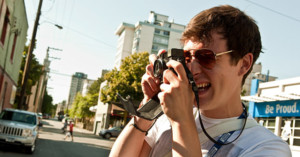
Contrast detection is one of the two main techniques used in camera autofocus …
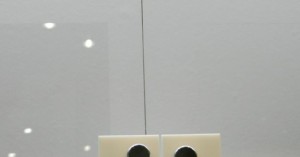
Japanese company Nippon Electric Glass has developed a new type of ‘invisible glass’ that drastically reduces reflections, rendering the …
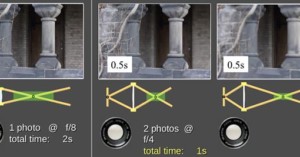
Google scientist Sam Hasinoff has come up with …
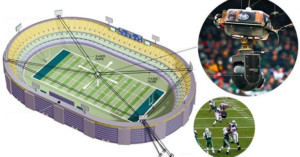
Japan's Ministry of Defense has unveiled an amazing "Spherical Flying Machine": a 42-inch remote controlled ball that can zip around in any direction at ~37mph. Built using off-the-shelf parts for about $1,400, in Internet is abuzz over the potential applications, which include military reconnaissance and search-and-rescue operations. What we're most interested in, however, is the device's potential as an aerial camera for things like sports photography and combat photojournalism.

Here’s the current state of imagery: still cameras can shoot HD video, video cameras can capture high quality stills, …

We always get a laugh when news organizations or governments try to pass off bad Photoshop jobs …

Demos at graphics conferences are often interesting to watch because they offer a sneak peek at technologies that may …